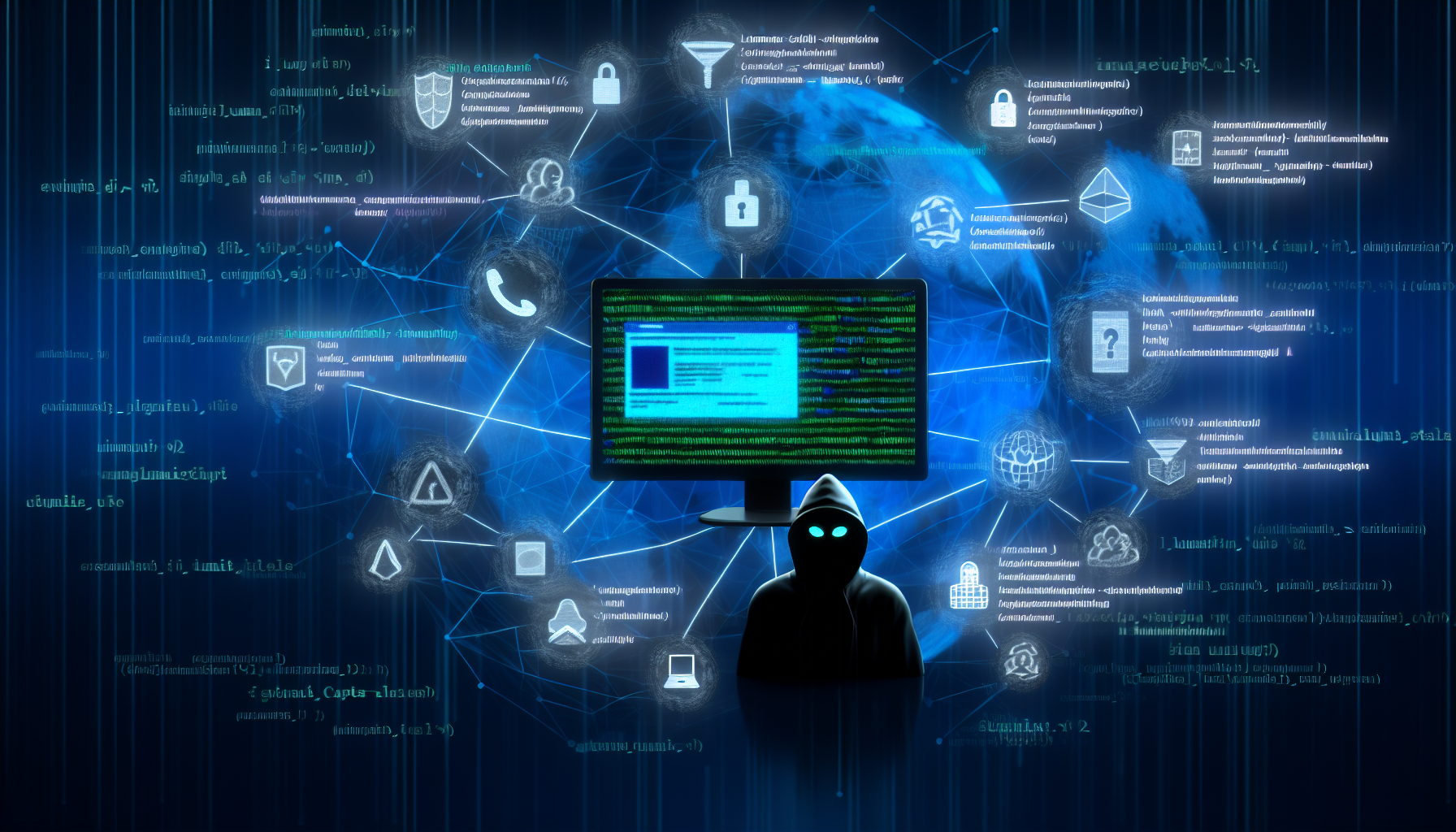Discover more from ESSGroup
Subscribe to get the latest posts sent to your email.
Lorem Ipsum is simply dummy text of the printing and typesetting
industry. Lorem Ipsum has been the industry's


Threat Overview
The cybersecurity landscape is constantly evolving, with new threats emerging regularly. One such threat that has gained significant attention in recent years is Lumma Stealer, a sophisticated information-stealing malware. Published by AlienVault on April 21, 2025, the threat report titled ‘How Lumma Stealer sneaks into organizations’ provides an in-depth analysis of this malicious software and its methods of infiltration.
Lumma Stealer has been active since 2022 and has quickly become a favorite among cybercriminals due to its advanced capabilities. The malware employs various distribution methods, with fake CAPTCHA pages being one of the most notable vectors. These pages are designed to mimic legitimate services, tricking users into executing malicious commands that initiate the infection process.
The infection chain used by Lumma Stealer is complex and involves multiple components, including PowerShell scripts, JavaScript, and AutoIt executables. This multi-layered approach allows the malware to evade detection by traditional security measures, making it particularly challenging to identify and mitigate.
Once installed on a system, Lumma Stealer targets a wide range of sensitive data. This includes cryptocurrency wallets, browser credentials, financial information, and other valuable data that can be exploited for financial gain or further cyber attacks. The malware’s stealthy execution and advanced anti-analysis techniques make it a significant threat to both individuals and organizations.
Understanding the Tactics, Techniques, and Procedures (TTPs) of Lumma Stealer is crucial for developing effective defense strategies. The report highlights several key TTPs used by this malware:
JavaScript and AutoIt Components: These components are used to further obfuscate the malware’s activities and evade detection by security software.
Data Exfiltration: Once installed, Lumma Stealer targets sensitive data stored on the infected system. This includes cryptocurrency wallets, browser credentials, financial information, and other valuable data.
Anti-Analysis Techniques: The malware employs various techniques to avoid detection and analysis, making it difficult for security researchers to study its behavior and develop countermeasures.
Recommendations
To protect against Lumma Stealer and similar threats, organizations should implement a multi-layered security approach that includes the following recommendations:
Advanced Threat Detection: Deploy advanced threat detection solutions that can identify and block malicious activities in real-time. These solutions should be capable of detecting complex infection chains involving PowerShell scripts, JavaScript, and AutoIt components.
Endpoint Protection: Use endpoint protection software that includes behavioral analysis capabilities to detect and mitigate sophisticated malware like Lumma Stealer.
Regular Updates: Ensure that all systems and software are regularly updated with the latest security patches. This can help prevent vulnerabilities from being exploited by cybercriminals.
Network Monitoring: Implement network monitoring tools to detect unusual activities that may indicate a malware infection. Early detection can help mitigate the impact of an attack.
Incident Response Plan: Develop and maintain an incident response plan that outlines the steps to be taken in case of a malware infection. This plan should include procedures for containment, eradication, and recovery.
Data Encryption: Encrypt sensitive data both at rest and in transit to protect it from unauthorized access. Even if Lumma Stealer manages to infiltrate a system, encrypted data will be difficult for the malware to exploit.
Regular Backups: Perform regular backups of critical data and store them in a secure location. In case of a ransomware attack or data breach, backups can help restore systems and minimize downtime.
Third-Party Risk Management: Assess the security posture of third-party vendors and partners to ensure they do not introduce vulnerabilities into your organization’s network.
Continuous Monitoring: Implement continuous monitoring solutions that provide real-time visibility into network activities. This can help detect and respond to threats quickly, minimizing their impact on the organization.
By following these recommendations, organizations can significantly enhance their security posture and protect against sophisticated threats like Lumma Stealer. The threat report by AlienVault provides valuable insights into the TTPs of this malware, enabling security professionals to develop effective defense strategies.
For additional information, please refer to the external references provided in the report:
These resources offer detailed analyses and further insights into the behavior of Lumma Stealer, helping organizations stay informed and prepared against this evolving threat.

Threat Actor Profile
OilRig, also known as APT34 and Helix Kitten, is a sophisticated state-sponsored threat actor believed to be aligned with Iranian interests. Active since 2016, OilRig primarily targets organizations in the Middle East, focusing on sectors such as government, technology, and energy.
Tactics, Techniques, and Procedures (TTPs)
OilRig employs advanced tactics including:
Tools and Infrastructure Used
Reported Activity
Recent campaigns have demonstrated OilRig’s proficiency in exploiting critical vulnerabilities and harvesting credentials, posing a persistent threat to targeted organizations.
Recommendations
Based on this report, here are some recommendations to enhance your security posture:
Resources
– AlienVault OTX Pulse: https://otx.alienvault.com/pulse/677419937948350d192be461
– PicardSecurity Blog: https://www.picussecurity.com/resource/blog/oilrig-exposed-tools-techniques-apt34
**

Subscribe now to keep reading and get access to the full archive.
